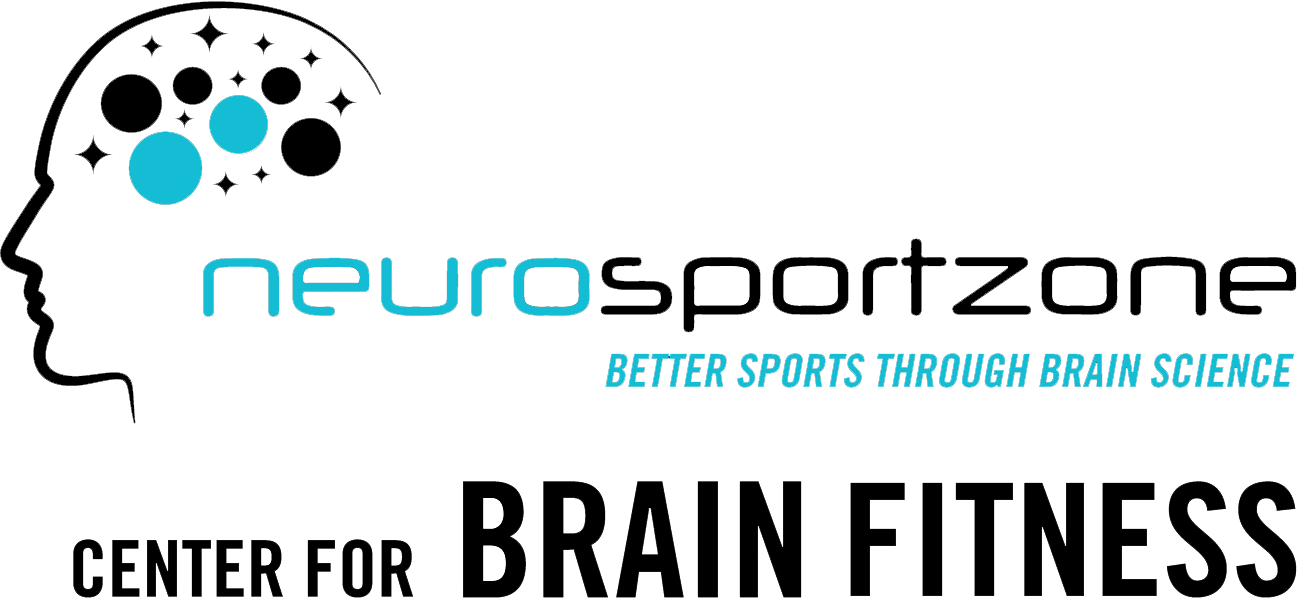
Neurosportzone utilizes the Interactive Metronome (IM) for is it training of athletes.
When an athlete first learns an action, skill acquisition is a labored, conscious effort that requires use of most if not all of his cognitive resources. He has to think of every small detail. With frequent practice, the behavior becomes more automatic and unconscious. (Vallacher and Wegner 1987). Once automaticity is achieved, minimal attentional resources must then be devoted to the task, resulting in faster processing and more efficient performance.
“The precise, real-time IM millisecond feedback impacts the temporal processing resolution of the internal brain clock, which in turn improves neural efficiency—and thus, more efficient temporal and information processing in the brain.” “IM’s effect on cognitive & motor skills [and ability to achieve automaticity that generalizes to sports performance] appears to be the result of increased efficiency and synchronization of communication between the primary brain structures that comprise the functional brain networks involved in performing both the cognitive and motor demands of IM training.” (McGrew, 2013)
Execution of purposeful motor activity requires timing and coordination (Ivry, 1996; Mauk & Ruiz, 1992; Medina et al., 2005; Meegan et al., 2000) Timing is defined as the generation of intrinsically timed motor actions involving complex spatiotemporal patterns of muscle activation [including the coordination between individual body/limb segments in complex, multi-joint activities like that involved in shooting sports.] (Buonomano & Laje, 2010)
Auditory-motor entrainment [Interactive Metronome®] may improve fundamental, spontaneous control of motor timing for sports performance in the absence of sport-specific training. (Sommer & Rönnqvist, 2009)
Sommer, M & Rönnqvist, L (2009). Improved motor-timing: effects of synchronized metronome training on golf shot accuracy. Journal of Sports Science and Medicine, 8, 648-656.
Improved Motor-Timing: Effects Of Synchronized Metronome Training On Golf Shot Accuracy
SUMMARY OF FINDINGS:
✔ IM® Training significantly impacted motor timing & synchronization.
✔ After 4 weeks of IM® Training, golf shot accuracy increased significantly and variability of performance decreased significantly.
✔ Findings suggest that peak golf performance requires “precise, timed, and synchronized sensory motor control.” (Sommer & Rönnqvist, 2009, pg. 655)
Sommer, M., Häger, C.& Rönnqvist, L. (2014). Synchronized metronome training induces changes in the kinematic properties of the golf swing. Sports Biomechanics, Published online: 07 Feb 2014.
Synchronized Metronome Training Induces Changes In The Kinematic Properties of the Golf Swing
SUMMARY OF FINDINGS:
✔ 4 weeks of IM® Training resulted in improved motor timing that transferred to an unrelated motor task, that of movement sequencing involved in golf swing performance and golf shot accuracy.
✔ Research has shown that an auditory rhythmic cue may influence the dynamics of movement over an entire movement cycle by improving temporal precision, reducing variability, and encouraging the selection of optimal movement trajectories, velocity, and acceleration parameters (Thaut & Kenyon, 2003).
✔ Through neuroplasticity, IM® Training produced more tightly coupled joint dynamics during the golf swing that were then completely reinforced and amalgamated in motor memory.
✔ Since IM® Training improves temporal processing and motor execution by “fine-tuning the timing components (and coordination dynamics) of multi-joint movements,” it can be assumed that it may also increase peak performance in other sports that require precise timing & rhythm.
Libkuman, TM, Otani, H, & Steger, N (2002). Training in timing improves accuracy in golf. Journal of General Psychology, 129(1), 77-96.
Training In Timing Improves Accuracy In Golf
SUMMARY OF FINDINGS:
✔ IM® group demonstrated 20% overall gain in golf shot accuracy.
✔ Advanced golfers in the IM® group who already demonstrated consistent swing mechanics demonstrated even larger gains in golf shot accuracy (35% increase).
Sommer, M. (2014). Effect of timing training in golf and soccer players: skill, movement organisation, and brain activity. (Unpublished doctoral thesis). Umeå University, Umeå, Sweden.
SUMMARY OF FINDINGS:
✔ Significant decrease in brain activity patterns for bilateral cerebellum, superior temporal gyrus and fusiform gyrus from pre- to post-test.
✔ The better the performance on IM®, the less activation seen on fMRI.
✔ Suggests more efficient pattern of neural recruitment as a result of IM® Training, less conscious monitoring of performance, and greater automaticity.
✔ This study suggests that high performing athletes may be able to further fine-tune performance by means of streamlining the temporal mechanisms underpinning motor coordination and control. Indeed, it has been shown in this study (in addition to the former studies on golf) that successful/optimal performance of motor skills require a precise coordination and control of numerous muscles and sensors guided by the underlying timing centres in the brain, and that the brain neural activity supporting such performance can be fine-tuned and enhanced through (non-task specific) training, in this case [IM Training].”
For more information or to schedule a free consultation please call us at (708) 567-6301.

